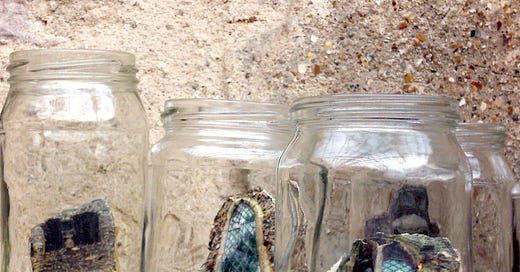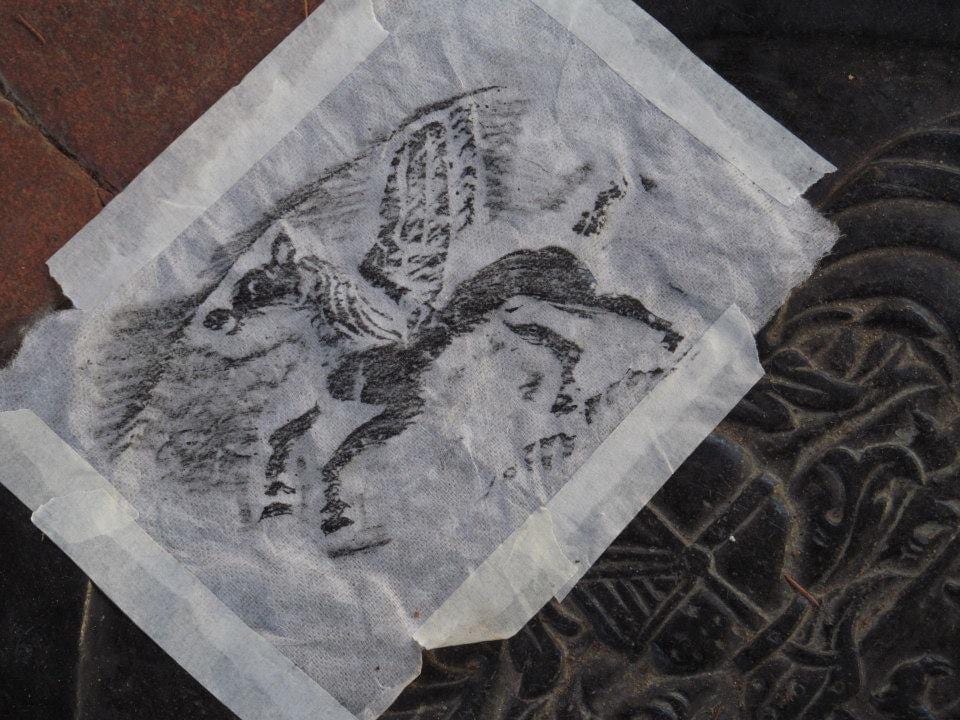Three windows; three ways in. Image transfer on Norfolk flint, glass jars. From an installation by Imogen Ashwin, 2006.
Do you like to write? I have, as long as I can remember. Yet, all too often I’m not confident that I’ll be able to express what’s in my mind in the way I would like to. Sometimes I won’t let myself begin for fear of being disappointed by the outcome or of just being stuck and giving up. And that means that the thought, whatever it was, will never see the light of day when it might just have ended up resonating with someone who needed it. I’m just starting to learn that the way to overcome this is to think of all my writing in terms of short pieces, and then see what happens after that.
When, last year, I discovered that there was an increasingly popular writing genre called Flash fiction, or Flash non-fiction, I realised that the short form piece was actually having a moment. And that really, the way I was already using Instagram for my writing was in effect Flash non-fiction.
Generically, Flash means a piece of writing of under 1,000 words, or sometimes even 1,500. But often, journals or contests will call for a certain number of words which is quite a bit lower than that. And that’s where the challenge begins. It’s not unusual for 500 words to be the upper limit and it’s not easy to tell a satisfying story in that kind of space.
But I’ve been fortunate in getting some practice in without realising it. Over the last five years there have been my Instagram writings, especially in support of my seasonal festival candle project where the stories were an integral element and the candles just the tangible ‘residue’. But what you may not know about is the time before that, when my archaeologist husband and I were involved in producing interpretation panels for heritage sites and the text always had to be condensed into very few words so that the illustrations could tell most of the story.
The flying horse emerges under my crayon in the Magic Church.




